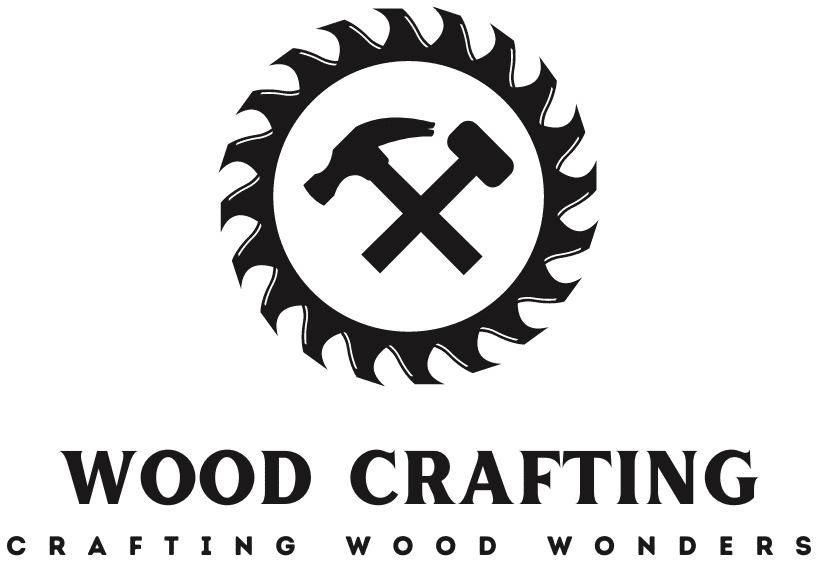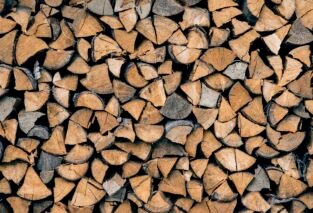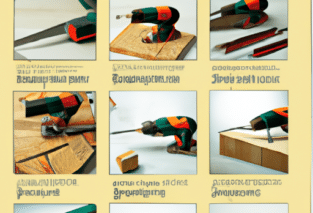In this article, we’ll explore the world of wood inlays and show you various techniques and ideas to get your creativity flowing. You’ll discover different methods for adding decorative embellishments to your woodworking projects, whether you’re a beginner or an experienced woodworker. From traditional techniques like marquetry to modern approaches using laser cutting, there’s something for everyone to learn. We’ll also share inspiring ideas to help you incorporate wood inlays into furniture, flooring, and other creative projects. So, grab your tools and let’s dive into the fascinating world of wood inlays!
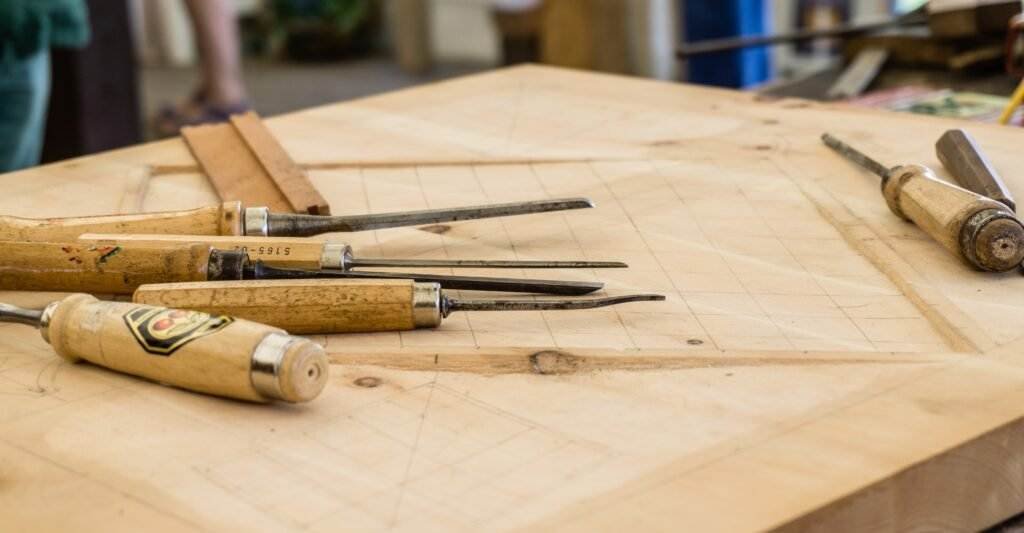
Introduction
Wood inlays are a timeless and elegant form of woodworking that can add a touch of sophistication to any project. Whether you’re a seasoned woodworker or just starting out, wood inlays offer endless possibilities for creativity and personal expression. In this article, we will explore the definition of wood inlays, the tools and materials needed, techniques to achieve stunning results, design ideas to inspire you, coloring and finishing options, practical applications, and some valuable tips and tricks to ensure your wood inlay projects are a success. So let’s dive in and discover the wonderful world of wood inlays!
What are Wood Inlays?
Definition of Wood Inlays
Wood inlays refer to the art of embedding contrasting pieces of wood, metal, or other materials into a base wood surface to create decorative patterns, designs, or pictures. These intricate details are achieved by meticulously cutting and fitting small pieces of the desired materials into the surface, resulting in a visually captivating effect.
Types of Wood Inlays
There are several types of wood inlays, each offering its own unique style and aesthetic.
-
Marquetry: Marquetry involves creating elaborate designs by using thin slices of wood veneer and assembling them onto a larger wood panel. This technique allows for intricate patterns and designs, resembling beautiful paintings made entirely out of wood.
-
Parquetry: Parquetry consists of geometric patterns that are created by cutting and arranging small pieces of wood, often forming intricate mosaics. Parquetry is commonly used in flooring and furniture.
-
Stringing: Stringing is a technique where thin wooden strings are inlaid into a surface to create accent lines or delicate patterns. These strings can be made from different species of wood to create contrasting colors and textures.
-
Banding: Banding involves creating decorative borders or edges on furniture or other wooden objects. It usually consists of thin strips of wood that are carefully incorporated into the surface.
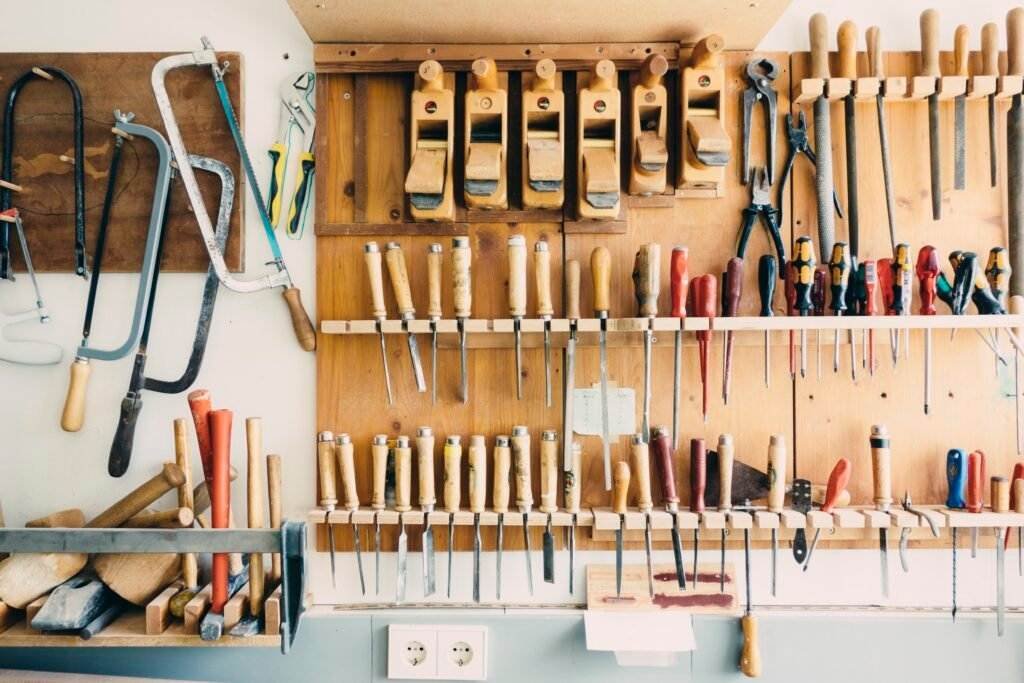
Tools and Materials for Wood Inlays
Essential Tools for Wood Inlays
To pursue wood inlay projects, you will need a few essential tools:
-
Scroll Saw: A scroll saw is used for precise and intricate cuts in the wood. It allows you to create intricate shapes and patterns with ease.
-
Chisels: Chisels are essential for carving out spaces in the wood to fit the inlay materials. They come in various sizes and shapes to accommodate different cuts and designs.
-
Veneer Saw: A veneer saw is specifically designed for cutting thin slices of wood veneer, which is vital for marquetry and other delicate inlay work.
-
Router: A router with an inlay kit attachment allows for precise and clean channels to be cut into the wood, ensuring a perfect fit for the inlay materials.
Recommended Materials for Wood Inlays
Apart from the necessary tools, there are various materials you can use to create stunning wood inlays:
-
Wood Veneer: Wood veneer is available in a wide range of species and can be used to create intricate patterns and designs. It is often used in marquetry and parquetry.
-
Metal Inlays: Metals such as brass, copper, or aluminum can add a touch of elegance and contrast to wooden surfaces. Metal inlays can be purchased pre-made or custom-made to suit your design.
-
Mother-of-Pearl: Mother-of-pearl is a lustrous and iridescent material that can create stunning effects in wood inlays. It is commonly used in jewelry boxes and musical instruments.
-
Colored Resins: Colored resins can be used to add vibrant colors and visual interest to wood inlays. These resins are often poured into prepared channels or cavities and allowed to cure.
Preparation for Wood Inlays
Choosing the Right Wood
Choosing the right wood is crucial for a successful wood inlay project. The base wood should be stable, flat, and free from knots or imperfections that could affect the final result. Common hardwoods like maple, walnut, and cherry are excellent choices for wood inlays due to their durability and beauty.
Cutting and Smoothing the Wood Surface
Before starting the inlay work, it is essential to have a smooth and even wood surface. Using a planer, jointer, or sandpaper, carefully prepare the surface to ensure that the inlay materials will fit seamlessly into the wood. Remember to take your time and double-check the measurements to guarantee a precise fit for your wood inlays.
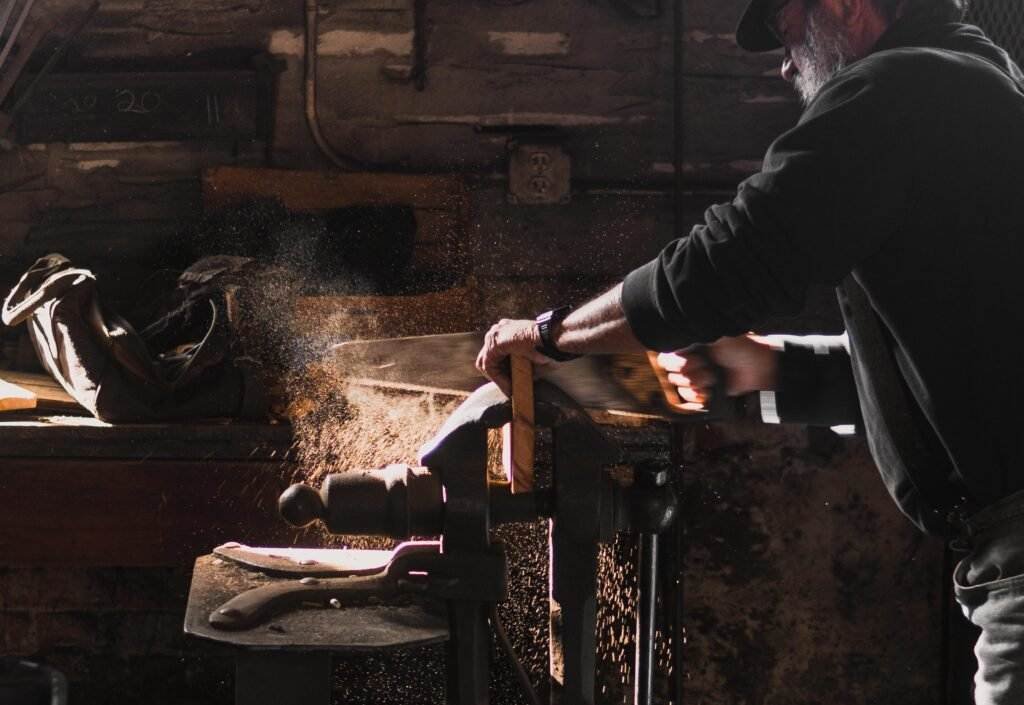
Techniques for Wood Inlays
Traditional Wood Inlay Techniques
Traditional wood inlay techniques have been perfected over centuries and provide a classic and timeless look to your projects. Some popular traditional techniques include:
-
Pietra Dura: Originating from Italy, this technique involves using various precious and semi-precious stones to create intricate designs and pictures. It requires precise cutting and fitting of the stones into the wood.
-
Boulle Work: Boulle work is a marquetry technique that combines wood and metal inlays. Intricate designs are created using brass, pewter, or other metals, along with wood veneer. This technique is often used in furniture decoration.
Contemporary Wood Inlay Techniques
Contemporary wood inlay techniques offer a modern twist to traditional methods, allowing for more creative freedom and experimentation. Some popular contemporary techniques include:
-
Double Bevel Inlay: Double bevel inlay involves cutting a groove slightly wider than the inlay material and beveling the edges of the inlay piece. This technique creates a seamless and flush look when the inlay is inserted into the groove.
-
Epoxy River Inlays: Epoxy river inlays have gained popularity in recent years. This technique involves pouring colored epoxy resin mixed with various additives into a groove or cavity in the wood, creating a stunning river-like effect.
Design Ideas for Wood Inlays
Geometric Patterns
Geometric patterns are a staple in wood inlay designs, offering clean lines and symmetrical shapes. Consider creating intricate mosaics, chevron patterns, or even illusionary 3D effects with geometric inlays.
Nature-Inspired Designs
Drawing inspiration from nature can result in breathtaking wood inlay designs. Incorporate elements such as flowers, leaves, birds, or animals to create organic and visually appealing patterns that bring a touch of the outdoors into your project.
Custom Designs
One of the most exciting aspects of wood inlays is the ability to create custom designs that reflect your personal style and creativity. Whether it’s a family crest, a favorite quote, or a unique symbol, custom designs allow you to create one-of-a-kind pieces that hold special meaning.
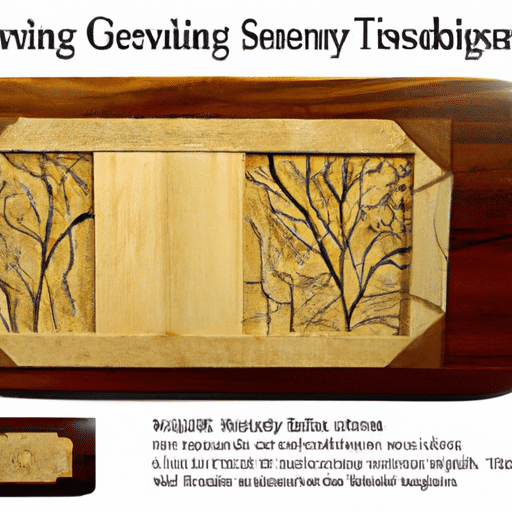
Coloring and Finishing Wood Inlays
Staining and Dyeing Techniques
Staining and dyeing the wood before or after the inlay work can add depth and enhance the contrast between the base wood and the inlay materials. Experiment with different staining techniques and colors to achieve the desired effect.
Sealing and Protecting the Inlays
Once the inlay work is complete, it is essential to seal and protect the wood and the inlay materials. Applying a clear finish, such as varnish or lacquer, not only enhances the natural beauty of the wood but also protects the inlays from moisture and environmental damage.
Applications of Wood Inlays
Furniture Embellishment
Wood inlays are commonly used to embellish furniture, adding a touch of elegance and sophistication to pieces such as cabinets, tables, or even guitar bodies. Whether you opt for intricate patterns or subtle accents, wood inlays can transform ordinary furniture into extraordinary works of art.
Instrument Decoration
Musical instruments can benefit greatly from the addition of wood inlays. From intricate designs on guitar fretboards to delicate details on violin tailpieces, wood inlays can elevate the visual appeal of instruments and enhance their overall aesthetics.
Artistic Pieces
Wood inlays offer endless possibilities for creating artistic pieces that are both visually striking and meaningful. Consider incorporating inlays into sculptures, wall hangings, or even standalone art pieces to create truly unique and awe-inspiring masterpieces.
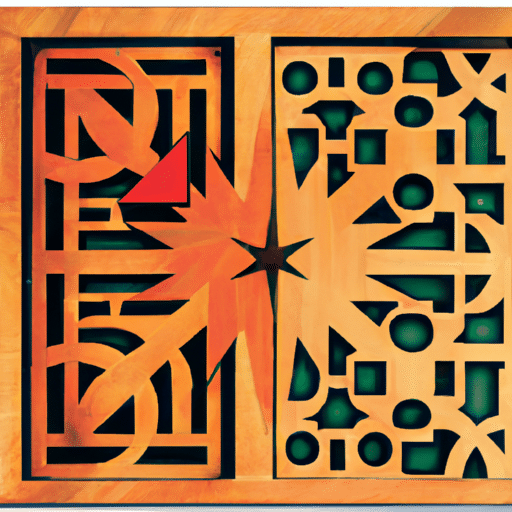
Tips and Tricks for Successful Wood Inlays
Precision and Attention to Detail
Wood inlay work requires precision and attention to detail. Take your time to accurately measure, cut, and fit the inlay materials into the wood. Small discrepancies can significantly impact the final result, so patience and precision are key.
Practice and Patience
Wood inlays can be challenging, especially for beginners. Practice on small projects or scrap pieces of wood to hone your skills and gain confidence. Remember, mastering wood inlay techniques takes time and patience, so don’t be discouraged if your early attempts don’t turn out perfectly.
Avoiding Common Mistakes
To ensure a successful wood inlay project, be mindful of common mistakes such as using dull tools, rushing the process, or not properly securing the inlay materials. Take the time to sharpen your tools, work at a comfortable pace, and securely fix the inlays to prevent any potential issues.
Conclusion
Wood inlays offer a world of creative possibilities for woodworkers of all skill levels. By incorporating contrasting materials into wood surfaces, you can create stunning designs and patterns that transform ordinary pieces into extraordinary works of art. From traditional techniques to contemporary innovations, wood inlays allow for endless exploration and personal expression. So grab your tools, embrace your creativity, and start getting creative with wood inlays today!
